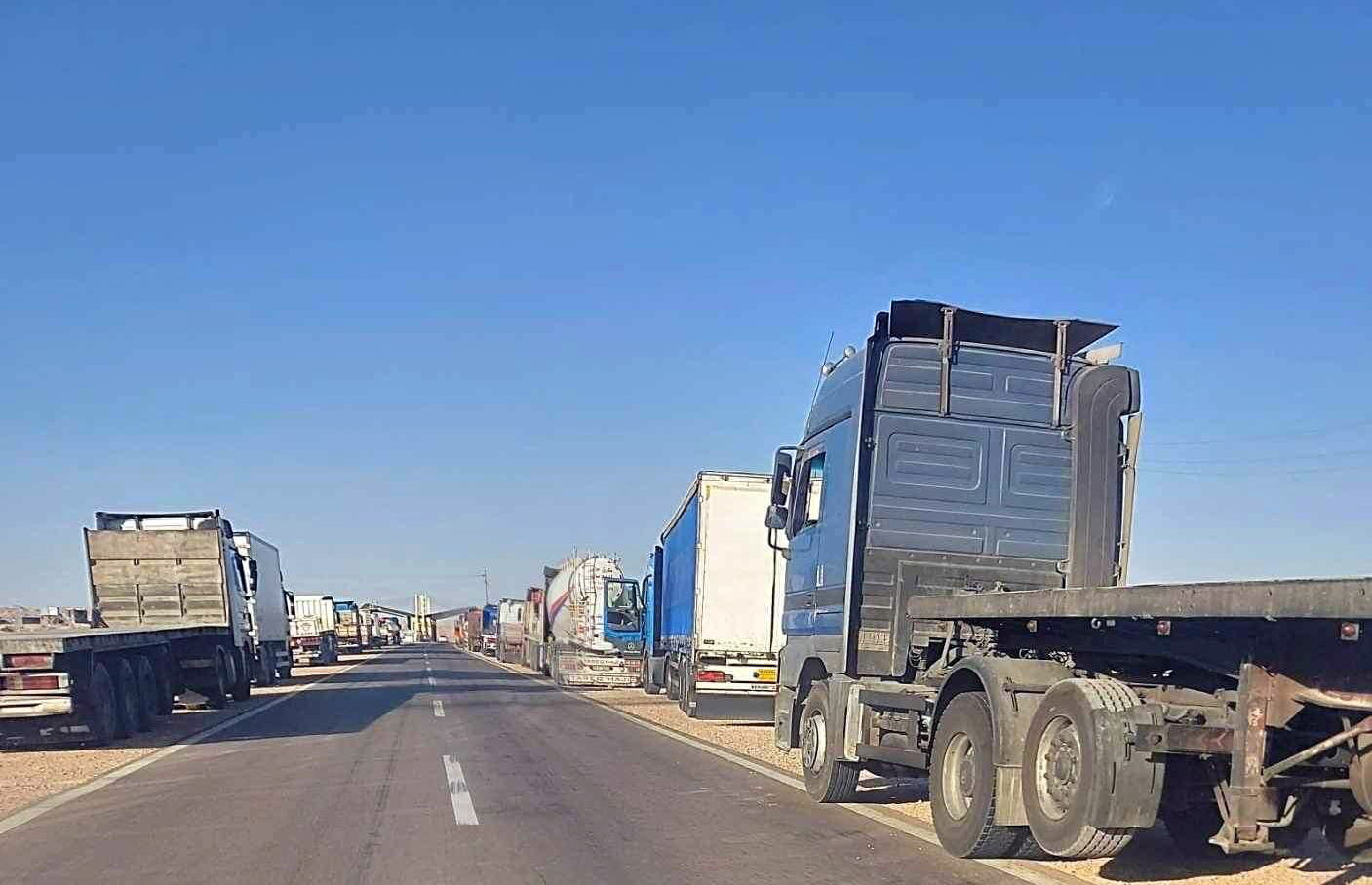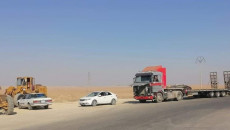Large trucks are now prohibited from traveling on the main road between Kirkuk and Tikrit during daytime as both traffic directorates aim to reduce accidents by installing surveillance cameras and increasing accountability.
According to the administrations of Kirkuk and Salahaddin provinces, and with the supervision and support of the local governments on both sides, the traffic departments have agreed on a series of measures to regulate traffic on the main roads of the two provinces.
The traffic order came into effect on Monday, September 30, suspending the movement of large trucks (four tons or more) from 5 am to 5 pm on the Kirkuk-Tikrit highway in both directions.
The procedures came after that on Thursday, September 26, at least 10 people were killed and three others injured in a collision involving a GMC SUV, a Toyota Avalon, and a crane.
The road between Kirkuk and Salahaddin, connecting Kirkuk, the Kurdistan Region, and Baghdad, has been the site of frequent protests and monthly traffic accidents, earning it the nickname "road of death."
The main road linking Kirkuk and Baghdad is 400 kilometers long. In October 2022, the government has decided to rehabilitate it. Work continued to restore the Rokhana Bridge on Daquq Road for several weeks. Rokhana Bridge was damaged due to torrential rains in the winter of 2021, and traffic was confined to one of the two lanes of the bridge. Despite ongoing renovations, the road has yet to be completed.
Drivers in general and particularly Kirkuk-Baghdad taxi drivers complain of the poor conditions of the highway near Tuz Khurmatu and Daquq which they call (Death Road) due to frequent fatal accidents.
The relevant authorities blame the motorists for over speeding and distraction.
The joint traffic decisions and measures of Kirkuk and Tikrit, which were published by the official media of both provincial administrations and traffic directorates, include the installation of cameras CCTV and radar to enforce speed limits, as well as the maintenance of roads and bridges in both provinces.
Additionally, the deployment of traffic teams, medical and civil defense teams, and the installation of traffic signs are among the new measures.
According to a report by the Central Statistics Agency, 386 traffic accidents were officially registered in Kirkuk province last year, resulting in the deaths of 174 people and injuries to 485 others. In Salahaddin province, there were 354 accidents, leading to the deaths of 136 people and injuries to 301 others.
A total of 11,552 traffic accidents were recorded in Iraqi provinces last year, with more than half occurring on highways, resulting in the deaths of 3,190 people and injuries to over 12,000 others.
The northern, oil-rich, ethnically mixed province of Kirkuk is home to about 1,77 million Kurds, Turkmen, and Arabs. Located 238 kilometers north of Baghdad, Kirkuk has long been at the center of disputes between the federal government in Baghdad and the Kurdistan Regional Government KRG.
*This story has been produced as part of the 'Budget is Your Right' initiative, with support from the National Democratic Institute (NDI).






